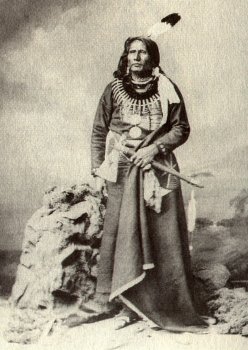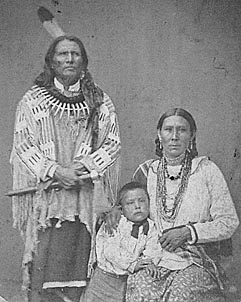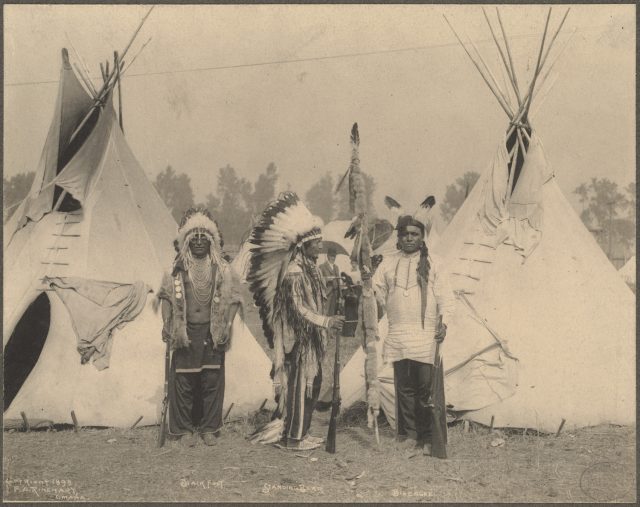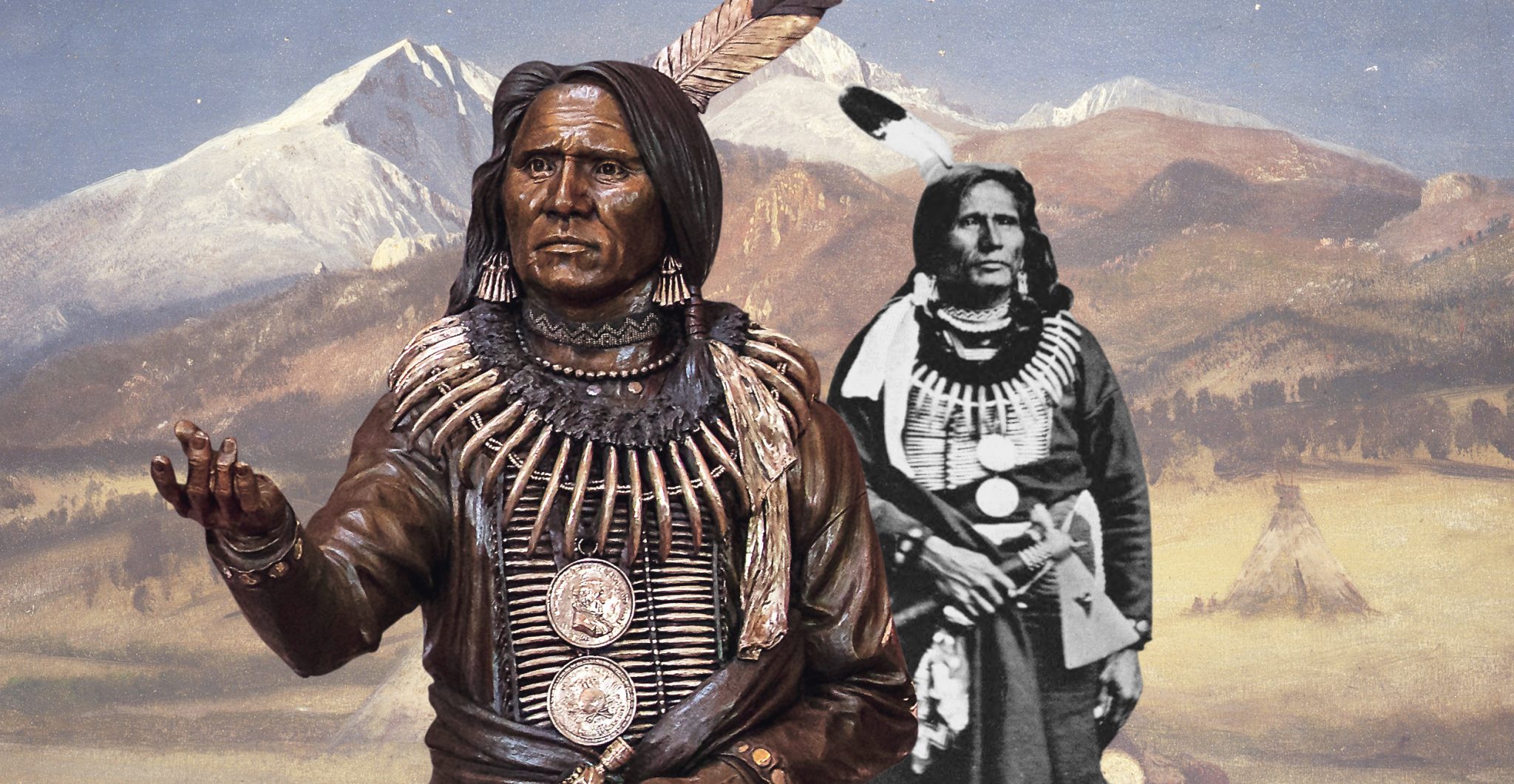A statue has been unveiled in Washington DC celebrating Chief Standing Bear, an early Native American civil rights warrior.
In the middle years of the 19th century, the Ponca Native Americans lived on the west bank of the Missouri River in what is now northeastern Nebraska. Smithsonian.com explains that the Ponca strived to develop a good relationship with the US government, and ended up turning over most of their land, keeping only a 58,000 acre reservation. According to the National Park Service, the tribe struggled to survive with hardscrabble farming, and were vulnerable to attacks from tribes like the Brule Sioux.
In 1868, the US government created the Great Sioux Reservation, and the Ponca tribe’s lands were inside its borders, so the Ponca were supposed to leave what remained of their homeland and move to Indian Territory in Oklahoma. They resisted, and Standing Bear, a tribal chief, protested the move. But in 1877 the government sent in federal troops to facilitate the eviction.
the new incredible Standing Bear statue from the state of Nebraska is now up in Stat Hall insidethe US Capitol: pic.twitter.com/GGPYbls5Es
— j.d. durkin (@jiveDurkey) September 24, 2019
When the Ponca arrived at their destination they were exhausted and without the resources they would need to see them through the coming winter since planting season was long past. A third of the tribe succumbed on the journey, and most of the rest were either ill or disabled.
In December, 1878, Chief Standing Bear’s 16-year-old son passed away, beginning a sequence of events that would eventually bring some justice to the tribe and to Native Americans throughout the country.

After his son’s passing, Standing Bear was determined to return to their former home and bury his son in familiar ground. He and a few of the tribe’s remaining members – mostly women and children – started the two-month trek back to their home in Nebraska in the middle of winter. At the time, Native Americans weren’t allowed to leave their reservations, so Standing Bear’s group were labeled renegades and were arrested by the Army, with the idea being that they would eventually be returned to Indian Territory, where they “belonged”.

A general name George Crook was sympathetic to Standing Bear and his followers however, and Crook enlisted the aid of a newspaper journalist named Thomas Henry Tibbles on the tribe’s behalf. Tibbles then secured the services of two prominent attorneys from Omaha to represent the tribe, all the while writing about the tribe’s plight and invoking the sympathy of the American public.
The lawyers claimed that Standing Bear’s group couldn’t be detained, saying that they were American citizens and entitled to legal rights. The government’s response was that the Native Americans did not constitute “persons” under the law.

The case of Standing Bear vs. Crook began on May 1, 1879 and lasted for twelve days. Even though General Crook was sympathetic to Standing Bear’s situation, he was still the governmental representative who had been sent to detain the tribe, so his name went on the case.
In court, according to Smithsonian, Standing Bear stated, “That hand is not the color of yours, but if I pierce it, I shall feel pain. If you pierce your hand you also feel pain. The blood that will flow from mine will be of the same color as yours. I am a man. The same God made us both.”
Something very neat is happening today at the U.S. Capitol. They are installing the statue of my Ponca ancestor Chief Standing Bear in Statuary Hall. He was the first Native American to win civil rights in 1879. For the first time, it actually feels like it’s our Capitol, too! pic.twitter.com/izBy90akkC
— Brett Chapman (@brettachapman) September 18, 2019
According to the Washington Post, in a landmark decision Judge Elmer Dundy, despite comments about Native Americans being a “weak, insignificant, unlettered, and generally despised race,” ruled in favor of Standing Bear, declaring that he and his band of followers were, indeed, persons under the law, and as such were entitled to move around the country like any citizen.
It was the first time that Native Americans had been legally declared to be people who had a legitimate right to all the freedoms guaranteed under the Constitution. The government appealed Dundy’s decision, but it was upheld in the US Supreme Court. Standing Bear was free to return to his home territory and bury his son. When Standing Bear himself died, he was also buried there.
In 1937, the State of Nebraska sent two statues to Washington DC, as its contribution to the National Statuary Hall. At the time, the statues were of William Jennings Bryan and Julius Morton. Recently, Nebraska lawmakers decided to replace the statues with two new ones. One is of the author Willa Cather, and the other is Chief Standing Bear.
Related Article: Fascinating Photos of Chiefs and Warriors of the Sioux Tribe
The dedication ceremony included representatives of the Ponca tribe as well as members of the US House and Senate. The governor of Nebraska told the assembled group that it was a pleasure to be able to commemorate “one of the most important civil rights leaders in our country that almost nobody knows about.”
